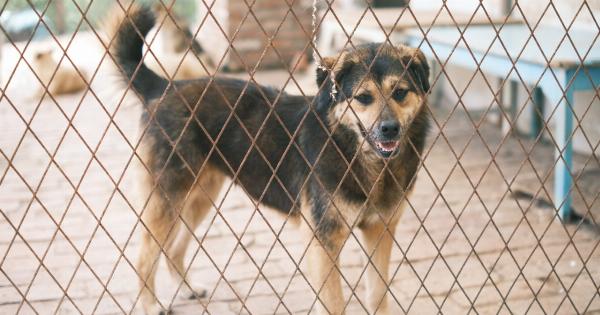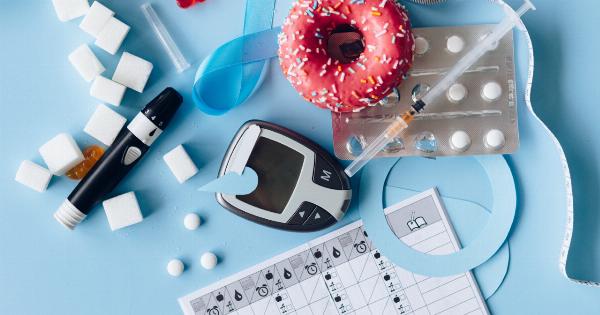Many pet owners love to take their furry companions on car rides, as it offers both convenience and the opportunity for quality bonding time. However, when it comes to small dogs, there are certain factors to consider before hopping in the car together.
Not all small dogs are suited for car travel, as their specific characteristics and health conditions can make it unsafe or uncomfortable for them. Let us dive deeper into why some small dogs shouldn’t ride and explore alternative solutions to ensure their safety and well-being.
1. Size and Fragility
Small dogs, by definition, are fragile creatures due to their petite size. When placed in a moving vehicle, they become vulnerable to sudden movements, acceleration, and deceleration. This puts them at a higher risk of injuries compared to larger dogs.
The impact of any minor accident or even a sudden stop can be much more severe for a small dog, potentially leading to bone fractures or internal injuries.
2. Anxiety and Stress
Car travel can be an overwhelming experience for some small dogs, causing them significant anxiety and stress. The unfamiliar sights, sounds, and vibrations can disrupt their sense of security and trigger emotional distress.
Anxiety-related behaviors such as excessive panting, drooling, trembling, or even aggression may manifest, potentially compromising the safety of both the dog and the driver.
3. Motion Sickness
Just like humans, dogs are also prone to motion sickness. Small dogs, in particular, may be more susceptible to nausea and vomiting due to their delicate constitution.
The combination of car motion, visual stimulus, and travel anxiety can create a perfect storm for a nauseous four-legged passenger. Not only is this unpleasant for the dog, but it can also create additional distractions and hazards for the driver.
4. Vehicle Accidents
While it is every driver’s responsibility to prioritize road safety, accidents can still occur unexpectedly. In the unfortunate event of a collision or sudden jolt, small dogs may be prone to high-impact injuries.
Their small size and lack of proper restraint systems can make them more susceptible to trauma. Instead of being a protective companion during car travel, they may transform into projectiles within the vehicle, endangering themselves and others.
5. Lack of Safe Restraint
One of the critical reasons why small dogs shouldn’t ride freely in a car is the absence of proper restraint systems. Unlike larger dogs, small breeds cannot simply be secured with a seatbelt or harness designed for humans.
The size discrepancy and lack of appropriate support can lead to injuries or escape attempts during transit. It is essential to establish a secure and comfortable space for your small dog, preventing any potential harm.
6. Crate Training and Safety Measures
A possible solution to overcome the risks associated with car travel for small dogs is crate training. By crate training your dog, you can provide them with a secure and familiar environment during car rides.
Introduce your dog to the crate at home and ensure it becomes their safe haven. Gradually associate positive experiences with the crate, such as treats or toys, to further enhance their comfort level. By securely placing the crate in the vehicle, you can mitigate the risks significantly.
7. Dog Harness and Seat Belts
If crate training is not feasible or suitable for your small dog, another option is utilizing a dog-specific harness or seat belt.
These restraints are designed to secure your dog in the car, preventing them from wandering or becoming airborne in the event of an accident or sudden stop. Ensure that the harness or seat belt is the appropriate size and properly fitted to your dog’s body to maximize safety and comfort.
8. Dog Car Seats
For small dogs who would benefit from a more comfortable and elevated position during car travel, dog car seats can be an excellent choice.
These specially designed seats are equipped with safety attachments to secure the dog while providing a cozy spot to observe the surroundings. Dog car seats are available in various sizes, catering to different breeds, and often come with additional features such as built-in harnesses or adjustable heights.
9. Veterinary Advice
If you are uncertain about whether your small dog should ride in a car, consult with your veterinarian. They can provide specific guidance based on your dog’s breed, health condition, and individual characteristics.
Your vet may identify potential health issues or concerns that could make car travel unsuitable for your furry friend or recommend additional precautions to ensure their safety and well-being during transit.
10. Car Travel Precautions
When taking a small dog on a car ride, it is crucial to follow specific precautions to minimize potential risks:.
– Never leave your small dog unattended in a parked car, as extreme temperatures can pose serious health risks such as heatstroke or hypothermia.
– Securely fasten the crate, harness, seat belt, or car seat to prevent movement or shifting during transit.
– Place the crate, seat, or harness away from airbags, as they can cause severe injuries if activated.
– Gradually acclimate your dog to car travel by taking short trips and gradually increasing the duration.
– Keep the car well-ventilated and ensure access to fresh water during longer journeys.
– Avoid feeding your dog a large meal immediately before traveling to prevent motion sickness.
By taking these precautions and considering alternative solutions, you can make informed decisions regarding car travel with your small dog.
Prioritizing their safety, comfort, and well-being will ensure that your furry companion can enjoy the journey as much as the destination.





























